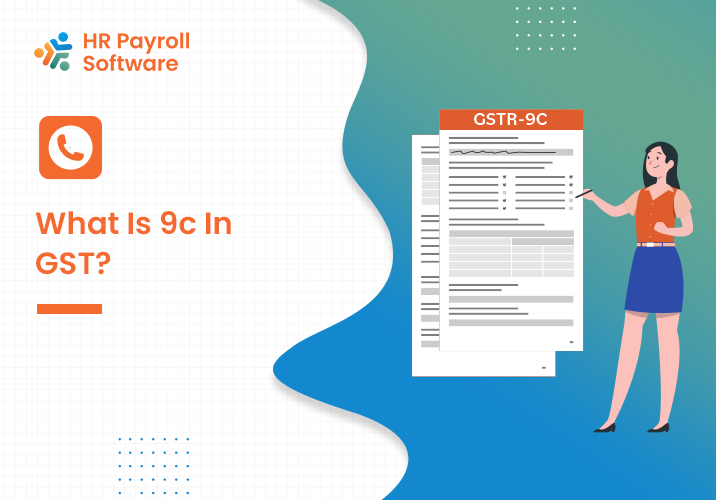
In the realm of Goods and Services Tax (GST), Form 9C holds a significant place as it plays a crucial role in ensuring transparent and accurate financial reporting. This comprehensive guide aims to demystify Form 9C in GST, shedding light on its importance, the filing process, and its role in maintaining compliance.
Understanding Form 9C in GST: Form 9C is a reconciliation statement that businesses registered under GST are required to furnish annually. It serves as a vital document, reconciling the data furnished in the annual returns (GSTR-9) with the audited financial statements. This reconciliation ensures consistency and accuracy in financial reporting.
Importance of Form 9C: Form 9C holds immense importance in the GST framework for several reasons:
- Accuracy Verification: It acts as a tool for businesses to verify the accuracy and completeness of the data submitted in their annual returns and financial statements.
- Reconciliation of Data: Form 9C reconciles the data between the financial statements and the annual returns, identifying any discrepancies that need correction.
- Compliance Assurance: Filing Form 9C is a mandatory compliance requirement, ensuring that businesses adhere to the regulatory framework and maintain financial transparency.
- Audit Facilitation: It facilitates the audit process by providing a consolidated view of the financial data, making the audit smoother and more efficient.
Components of Form 9C: Form 9C comprises various sections and components, each serving a specific purpose in the reconciliation process:
- Basic Information: Includes details such as the financial year, legal name of the taxpayer, and the GSTIN.
- Reconciliation of Turnover: Compares the turnover reported in the audited financial statements with that reported in the annual returns.
- Reconciliation of Tax Paid: Ensures that the tax liability as per the audited financial statements aligns with the tax paid according to the annual returns.
- Other Information: Covers additional details like the reasons for unreconciled differences, if any.
- Certification by Auditor: The auditor certifies the reconciliation statement, confirming its accuracy and completeness.
Filing Process of Form 9C: The process of filing Form 9C involves the following steps:
- Engaging a Qualified Auditor: Businesses must engage a qualified auditor to conduct the audit and prepare the reconciliation statement.
- Data Compilation: The auditor compiles the relevant data from the audited financial statements and GST annual returns.
- Verification and Reconciliation: The auditor verifies and reconciles the turnover and tax paid figures, identifying and correcting any discrepancies.
- Filling Out Form 9C: The auditor fills out Form 9C, providing accurate details and explanations for any unreconciled differences.
- Certification: The auditor certifies the reconciliation statement, affirming its accuracy and completeness.
- Filing on the GST Portal: The taxpayer files Form 9C on the GST portal, attaching the audited financial statements and the reconciliation statement.
Importance of Compliance in GST: Compliance in GST, including the accurate filing of Form 9C, is essential for several reasons:
- Avoiding Penalties: Non-compliance can lead to penalties, impacting the financial health of the business.
- Maintaining Credibility: Compliance enhances the credibility of the business, fostering trust among stakeholders.
- Smooth Operations: Adherence to GST regulations ensures smooth business operations without interruptions due to legal issues.
- Legal Obligation: GST compliance is a legal obligation, and failure to comply can result in legal consequences.


